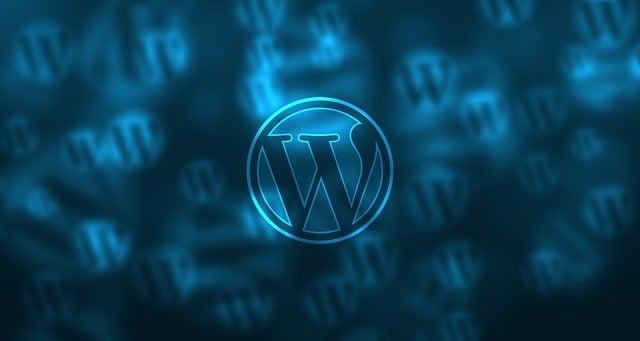A well-designed, SEO-friendly website layout is crucial for achieving high search engine rankings. It involves structuring content with clear headings (H1, H2), optimizing keywords in titles, meta descriptions, URLs, and content, ensuring mobile responsiveness, and enhancing visual elements with descriptive file names and alt tags. This holistic approach improves user experience, reduces bounce rates, and signals to search engines the site's relevance and authority, ultimately boosting online visibility over time. Key technical aspects include structured data markup, efficient use of headings, meta tags, and alt text, as well as optimizing site speed for better crawling and indexing.
In today’s digital landscape, a SEO-friendly website layout is crucial for online success. Understanding how search engines crawl and index sites is key to enhancing visibility and driving organic traffic. This article guides you through the essential components of effective SEO web design, from structuring content to optimizing visual elements and addressing technical considerations. By following best practices, businesses can create layouts that not only satisfy users but also captivate search algorithms.
Understanding SEO-Friendly Website Layout
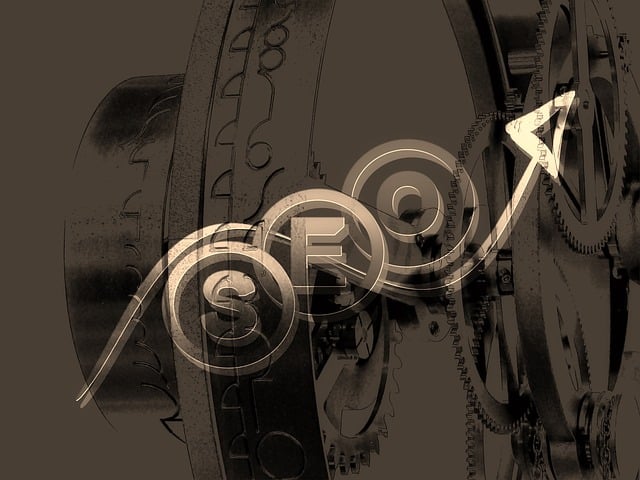
A SEO-friendly website layout is a crucial aspect of modern web design, as it directly impacts how search engines crawl and rank your site. Optimizing your site’s structure involves understanding user behavior and search engine algorithms, ensuring a seamless blend of functionality and visibility. The goal is to create an intuitive navigation system that guides users while also signaling to search engines the importance and relevance of your content.
Effective SEO web design considers page loading speed, mobile responsiveness, and header tags, among other factors. For instance, organizing content with relevant headings (H1, H2, etc.) helps both users and search engine bots understand the hierarchy and context of information on a webpage. This strategic layout not only enhances user experience but also acts as a map for search engines to efficiently index your website’s content, leading to better search rankings over time.
Key Components of Effective Web Design for SEO

An SEO-friendly website layout is a fundamental aspect of achieving high search engine rankings. Effective web design for SEO involves several key components that work in harmony to enhance user experience and signal to search engines what your site is about. One of the most crucial elements is structured content organization, including well-defined headings (H1, H2, etc.) that hierarchically order information, making it easier for both users and search algorithms to navigate.
Another vital component is optimal use of keywords. This includes strategically placing target keywords in page titles, meta descriptions, URL structures, and throughout the content, ensuring they align with user search queries. Additionally, mobile responsiveness is essential, as Google prioritizes mobile-friendly sites, and a responsive design ensures your website adapts seamlessly to different screen sizes. Visual elements like images should be optimized with descriptive file names and alt tags, enhancing accessibility and providing context for search engines.
Importance of User Experience (UX) in SEO Web Design
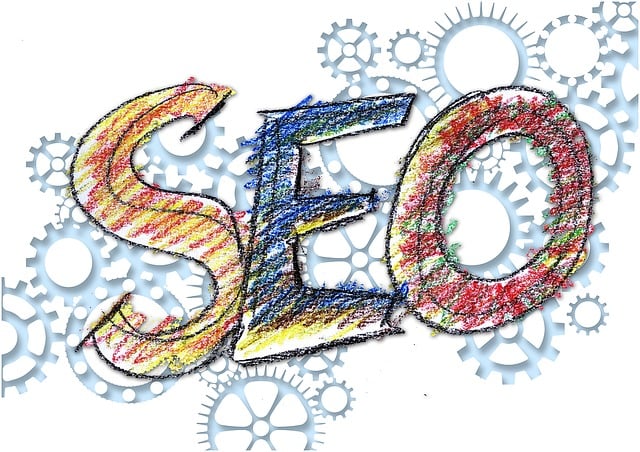
In the realm of SEO web design, User Experience (UX) is not merely an afterthought; it’s a cornerstone. A well-crafted UX ensures that visitors seamlessly navigate your website, finding information quickly and effortlessly. This not only enhances user satisfaction but also signals to search engines like Google that your site is valuable and worthy of higher rankings. By incorporating intuitive design elements, such as clear call-to-actions, responsive layouts, and easy-to-read content, you create an inviting environment that encourages users to explore further.
Consider UX as the bridge between your website’s aesthetic appeal and its performance in search engine results. Poor UX can lead to high bounce rates and low time spent on page, sending negative signals to algorithms. Conversely, a positive UX fosters engagement, encouraging visitors to delve deeper into your content. This increased interaction is reflected in analytics, demonstrating to search engines that your site offers a rich and satisfying user experience—a key factor in determining SEO success.
Optimizing Website Structure for Search Engines
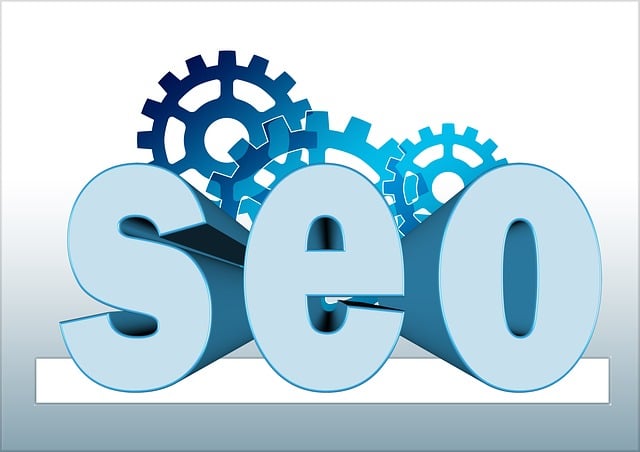
A well-structured website is a cornerstone of effective SEO web design. Search engines like Google use complex algorithms to crawl and index websites, and a logical site structure helps them understand your content’s context and relevance. This involves organizing pages hierarchically, using breadcrumbs, and ensuring a clear navigation path. For instance, categorizing products or blog posts into relevant sections and subsections aids both users and search engine crawlers in finding specific information quickly.
Additionally, optimizing website structure includes implementing proper internal linking strategies. This means creating links between relevant pages within your site to encourage visitors to explore more content and reduce bounce rates. Such practices not only enhance user experience but also signal to search engines that your website is authoritative and well-maintained, thereby improving its visibility in search results.
Role of Visual Elements in SEO Friendly Layouts
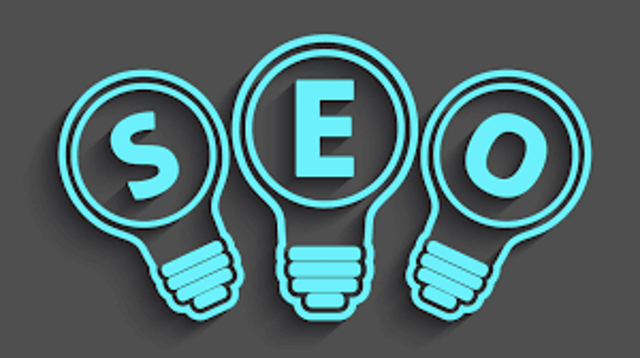
In modern SEO-friendly website layouts, visual elements play a pivotal role in enhancing user experience and boosting search engine rankings. High-quality images, infographics, and videos not only make the site more engaging but also provide contextual clues that help search engines understand the content better. These elements can improve page load times when optimized correctly, which is a significant factor in both user satisfaction and SEO algorithms.
Visuals also facilitate navigation, allowing users to scan through content quickly and find what they’re looking for. This reduces bounce rates and increases time spent on site, indicating to search engines that the website offers valuable information. Incorporating relevant and optimized visual elements into your SEO web design strategy ensures a more dynamic and user-friendly experience, ultimately leading to better organic search performance.
Technical SEO Considerations for Website Layout
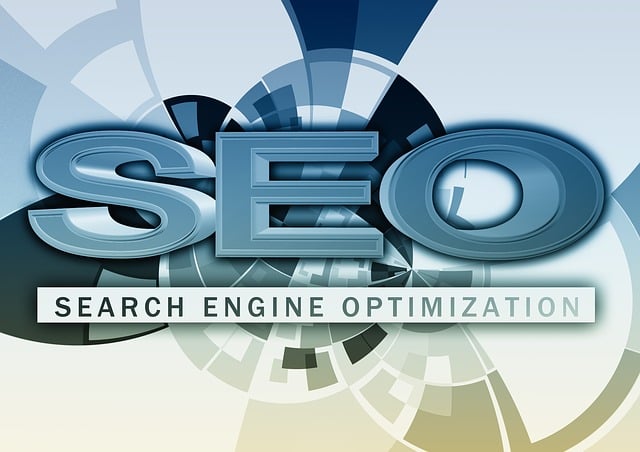
When creating a website layout, it’s crucial to think beyond aesthetics and user experience; technical SEO considerations are essential for maximizing visibility and search engine rankings. A robust SEO web design incorporates structured data markup, ensuring search engines can easily interpret and display content accurately. This includes proper use of headings (H1-H6), meta tags, and alt text for images, which all contribute to a website’s semantic structure.
Additionally, optimizing site speed is vital. Faster loading pages not only enhance user experience but also serve as a ranking factor for search engines. Implementing lean HTML, CSS, and JavaScript, utilizing caching, and enabling lazy loading are effective strategies to reduce page load times. These technical aspects of SEO web design play a significant role in how search engines crawl and index your website, ultimately impacting its online visibility.
Best Practices for Creating SEO-Optimized Websites

Creating a SEO-optimized website starts with a solid understanding of best practices in SEO web design. One key aspect is ensuring your site has a clear and logical structure. This means using intuitive navigation menus, well-organized content categories, and easy-to-read formatting that enhances user experience. A clean, uncluttered layout improves readability and helps search engine crawlers index your content effectively.
Additionally, integrating relevant keywords throughout your website is vital. These should be naturally incorporated into page titles, headings, meta descriptions, and body text. Keyword density is important, but avoid overstuffing; focus on quality content that satisfies user intent. Regularly updated, high-quality content that provides value to visitors will not only boost your site’s SEO but also encourage longer visits and lower bounce rates.
